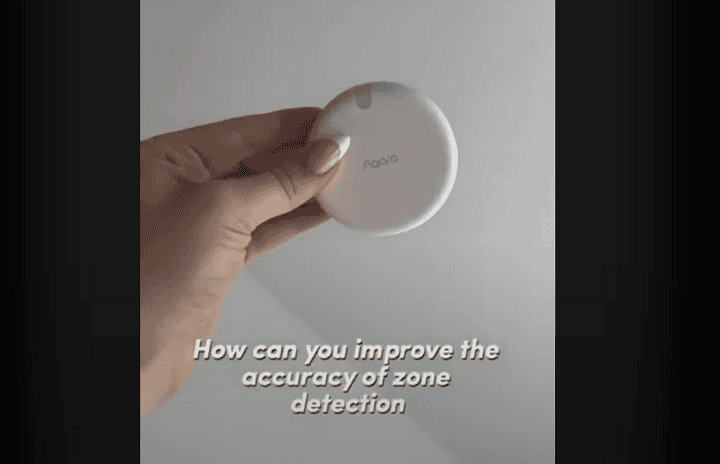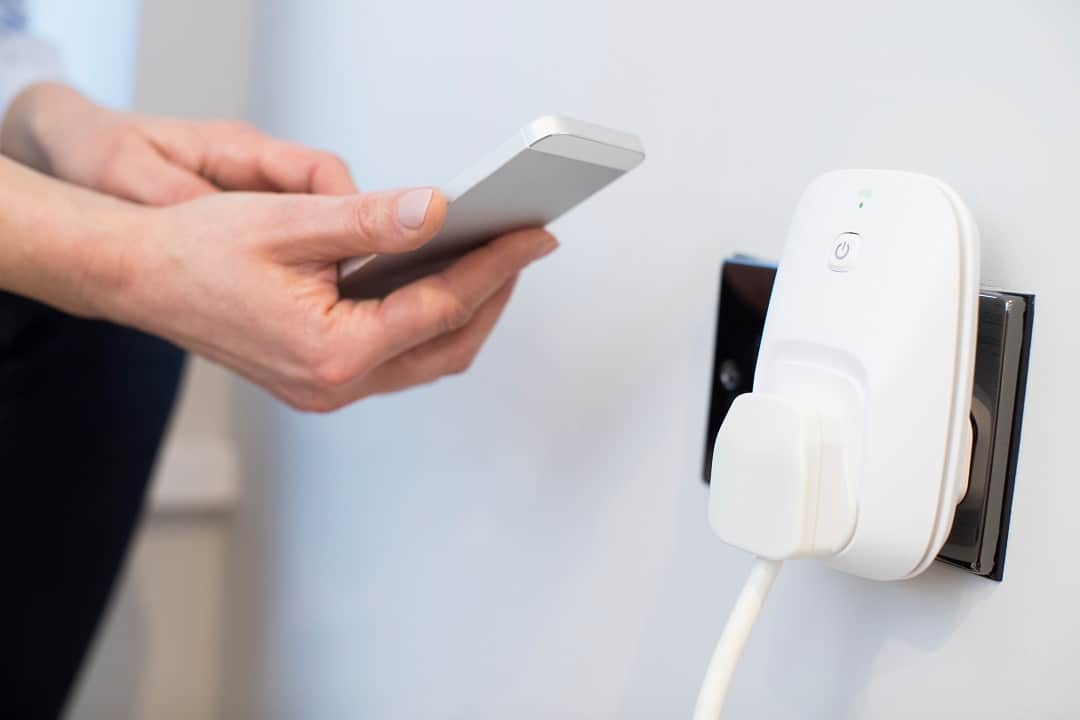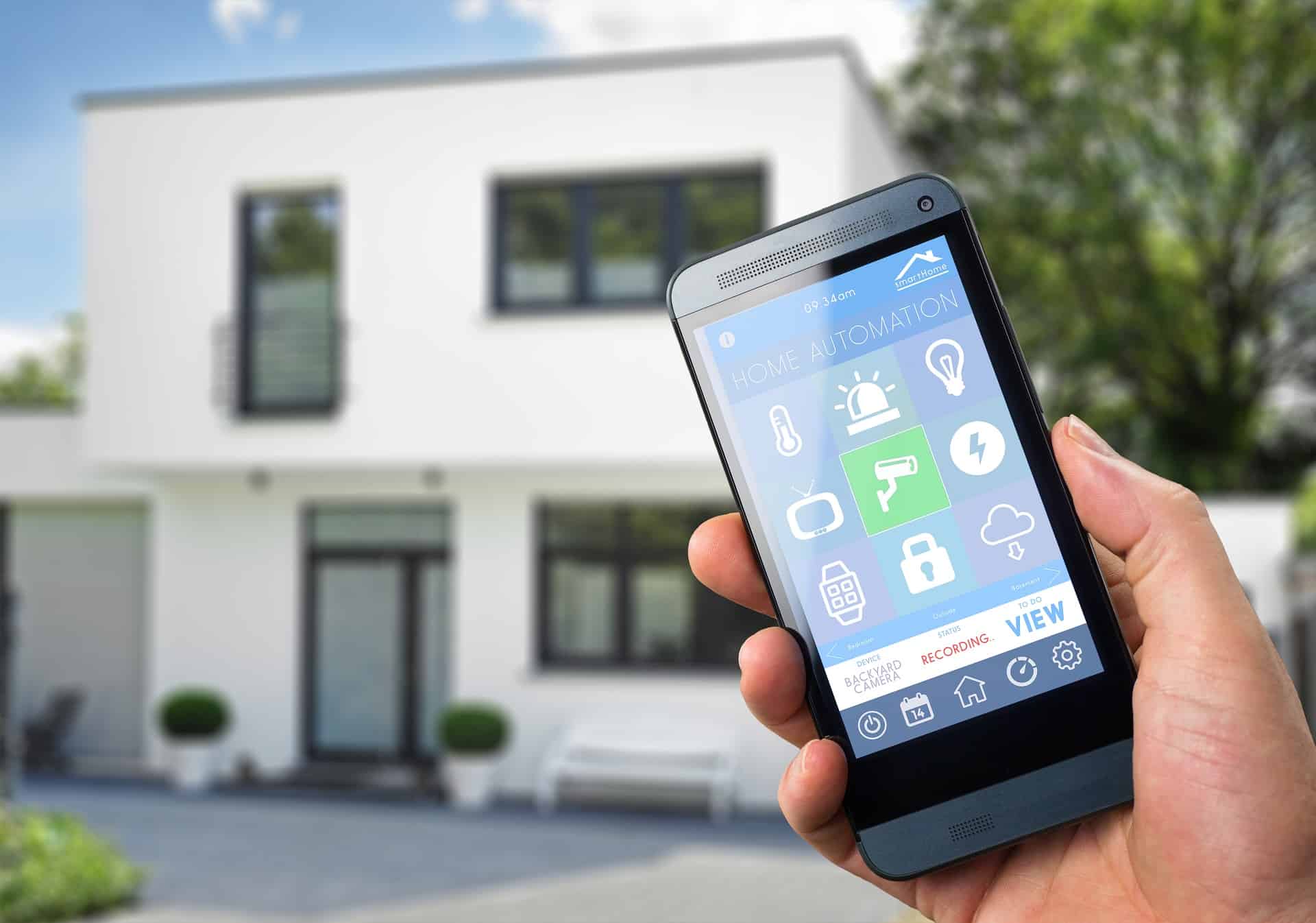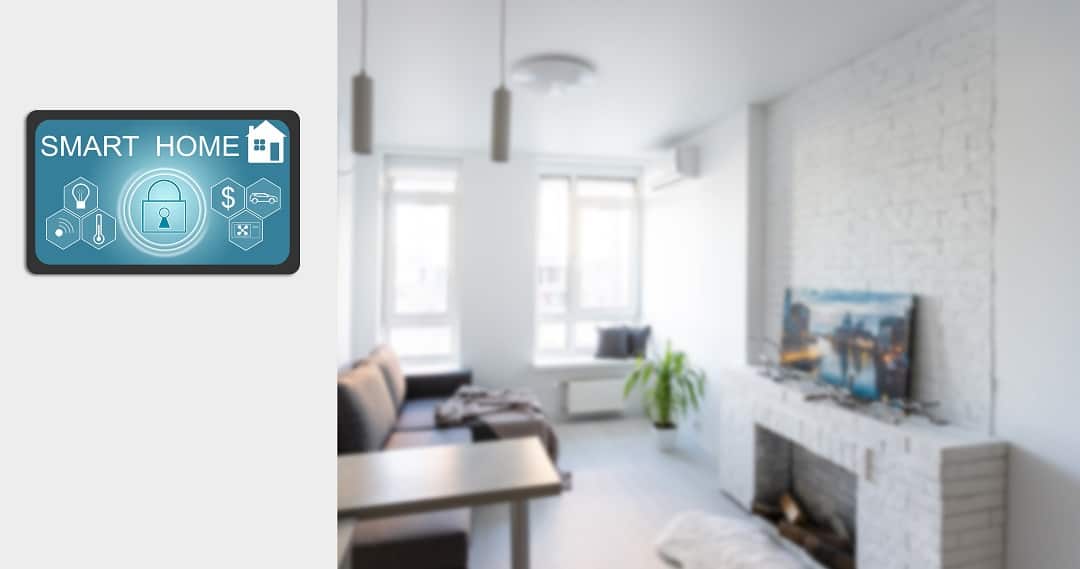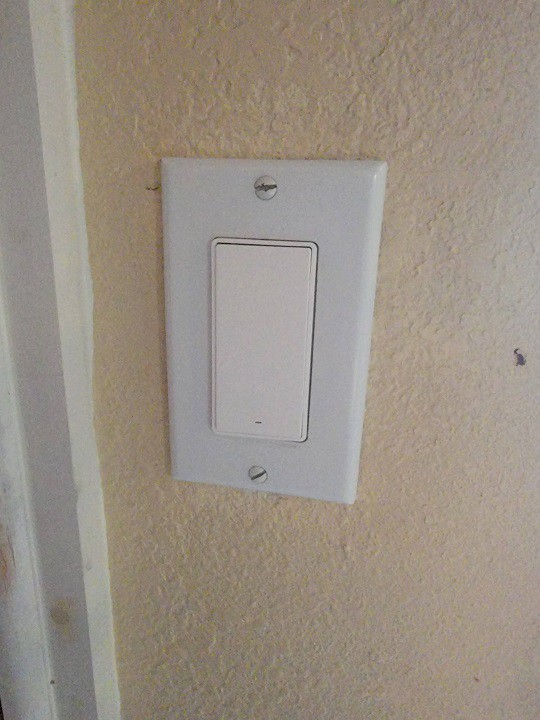Smart home automation is all about maximizing efficiency and convenience, and presence sensors play a crucial role in this. In this video, tips for enhancing the accuracy of presence sensors, specifically the Aqara FP2 Presence Sensor, were highlighted. These tips include training the sensor in an empty room, enabling human-only detection to avoid false triggers from pets or robot vacuums, and other valuable suggestions. These strategies can be applied to most presence sensors, helping them perform their best in your smart home.
Presence sensors open up a world of automation possibilities. For instance, you can create routines that automatically turn on lights when you enter a room and turn them off when you leave, adjust the thermostat based on occupancy, or even trigger security cameras to start recording when unexpected presence is detected. These automations not only enhance convenience but also contribute to energy savings and home security.
When comparing radar presence sensors like the Aqara FP2 to traditional motion detectors, the differences are significant. Radar presence sensors offer more precise detection and can differentiate between stationary objects and human presence. This leads to fewer false alarms and more accurate automation. On the other hand, traditional motion detectors are simpler and may be sufficient for basic applications, but they lack the sophistication and accuracy of radar-based sensors. This makes radar presence sensors a better choice for advanced smart home setups that require reliable and detailed occupancy detection.
